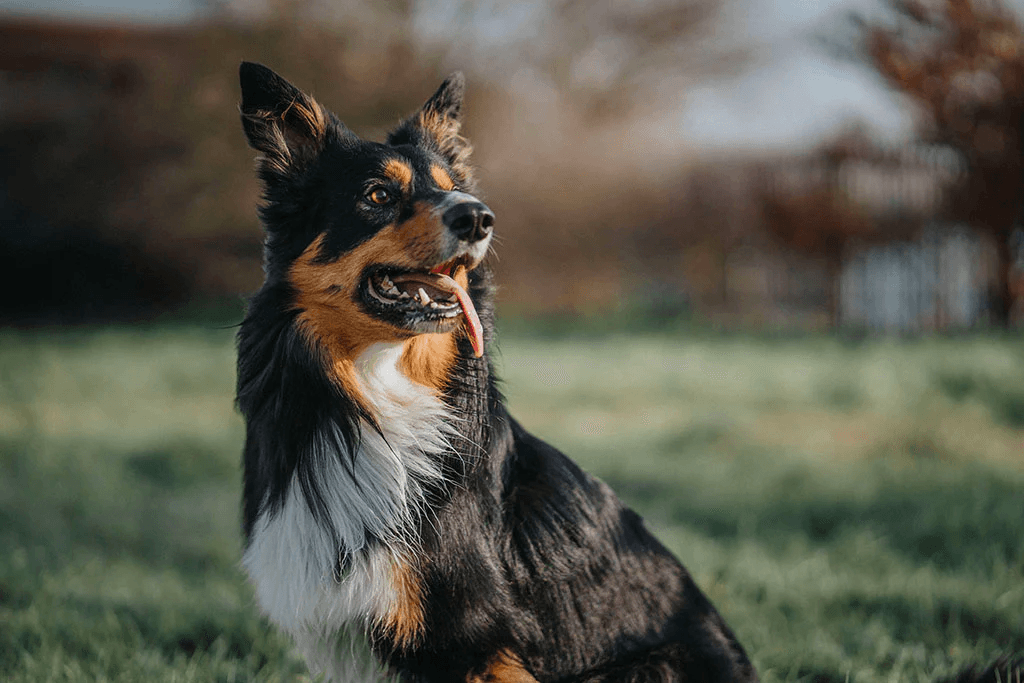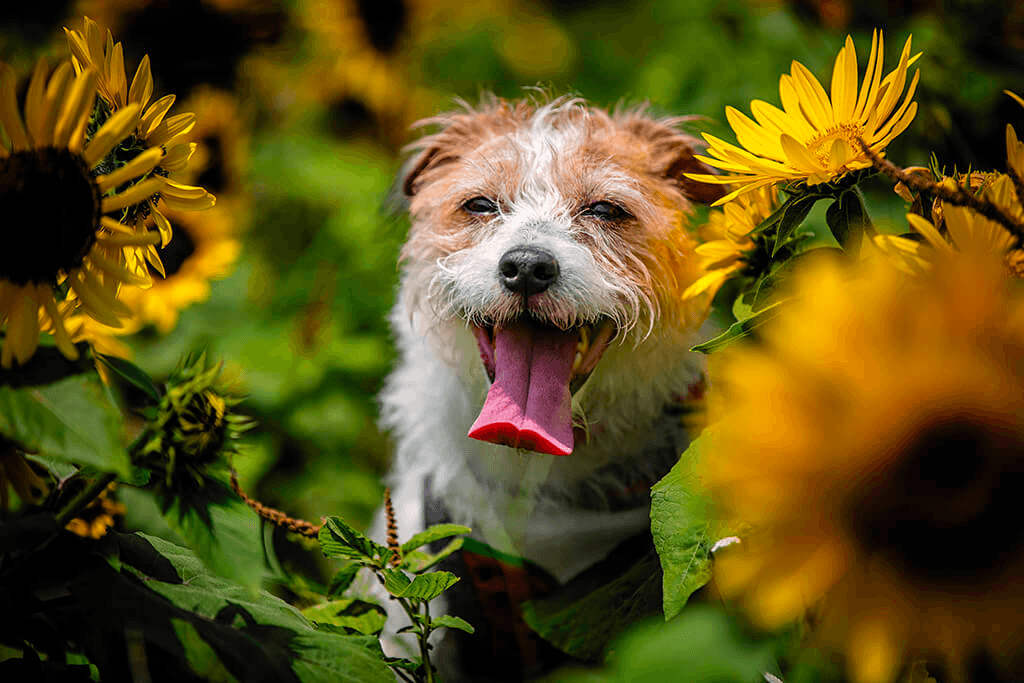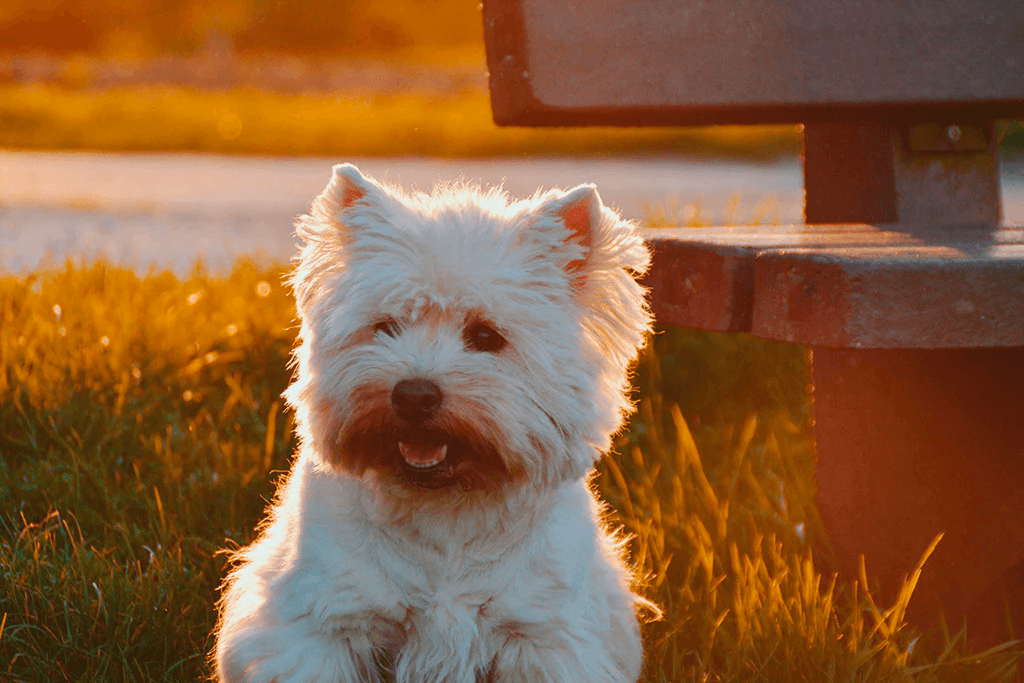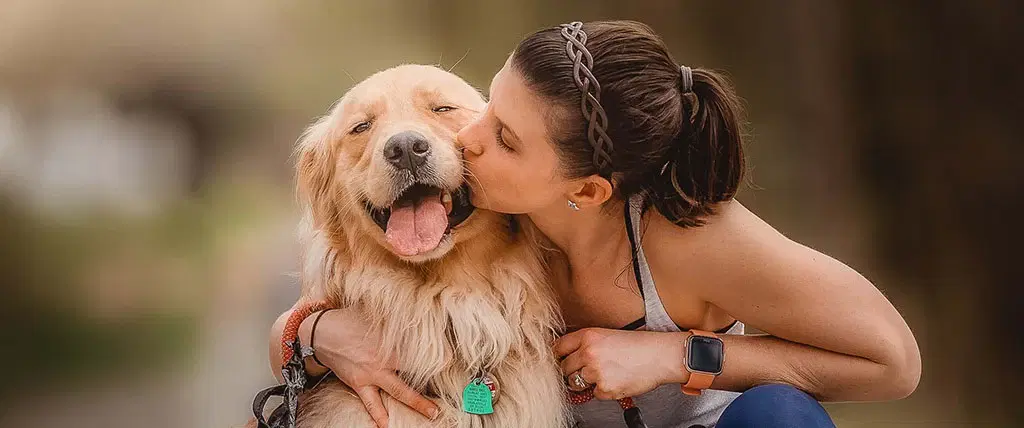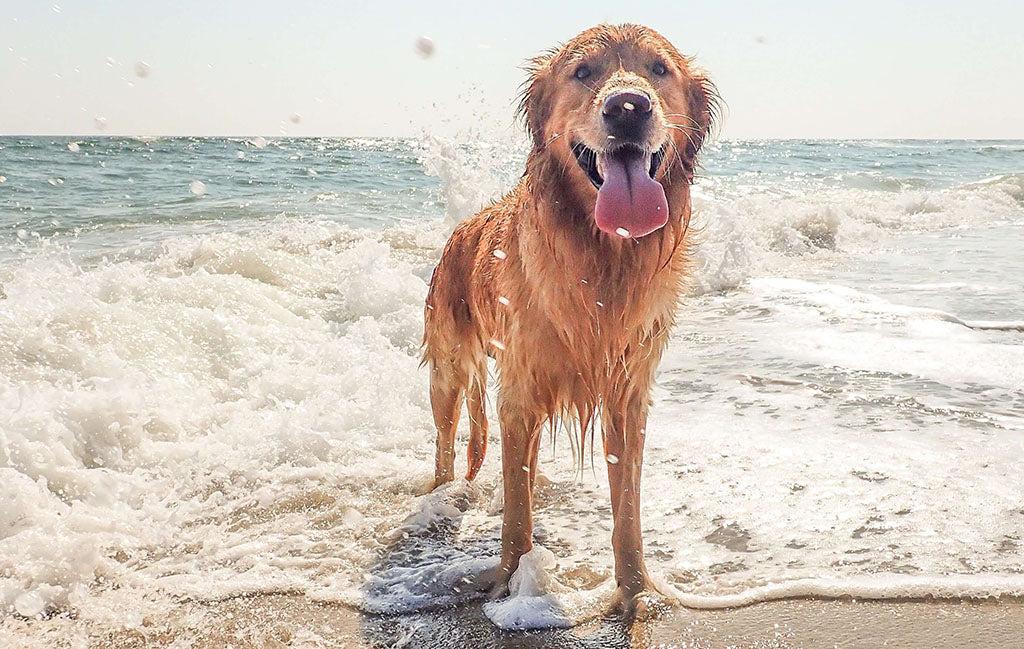Is your dog’s poop orange? Expert vet Dr Sylvalyn Hammond explains why dog poop is sometimes orange and what orange dog poop means.
- Home/
- Dog/
- Health & Wellness/
- Orange Dog Poop: 7 Causes Explained By a Vet
Orange Dog Poop: 7 Causes Explained By a Vet

Quick takeaway: Orange dog poop can occur for several different reasons and vary in appearance. Bright orange dog poop can sometimes happen after eating colorful vegetables like carrots or pumpkin, or even due to artificial food coloring. Orange poop with mucus may point to inflammation of the intestines. Orange brown dog poop might signal a transitional phase, possibly as a result of a diet change, or your dog recovering from a recent illness. When poop looks more yellow-orange, this may suggest a problem with bile or a fast gut transit time, meaning the food is moving through the intestines too quickly. If you are concerned about the color of your dog’s stool, it’s best to contact your veterinarian.
Why Is Dog Poop Sometimes Orange?
As veterinarians, we know that poop isn’t exactly the most glamorous topic, but when you’re a pet parent, it can be one of the most important clues to your dog’s health. That’s especially true when your dog’s stool takes on an unusual color. One of the more surprising (and often alarming) sights? Orange dog poop.
Whether it’s a one-time event or a repeat performance, seeing orange poop in dogs can lead to a lot of questions. Is it normal? Is it an emergency? Is it something they ate, or something more serious?
In this article, we’ll break down everything you need to know about dog orange poop, from the various shades and consistencies to when you should call your vet, and how you can support your dog’s digestive health to prevent future issues.
Orange Dog Poop: Shades and Consistencies
Dog poop can vary in appearance depending on diet, hydration, gut health, and overall wellness. Orange dog poop can occur for several different reasons and vary in appearance. Let’s take a look at a few of the most common variations of orange dog poop that pet parents might see:
Bright orange dog poop: If your dog’s poop is bright orange, it might look dramatic, but it’s not always cause for alarm. This can sometimes happen after eating colorful vegetables like carrots or pumpkin, or even due to artificial food coloring. However, in some cases, it could indicate issues with bile production or digestion.
Orange dog poop with mucus: Seeing dog poop with orange mucus may point to inflammation of the intestines. The mucus is produced by the colon lining and may suggest irritation, infection, or parasites. If this continues for more than a day or two, or is accompanied by diarrhea, lethargy, or vomiting, it’s time to call your vet.
Orange brown dog poop: Orange brown dog poop might signal a transitional phase, possibly as a result of a diet change, or your dog recovering from a recent illness. This hue can sometimes be seen when dogs are fed bland diets like chicken and rice during GI upset. If it’s short-lived and your dog is otherwise acting normal, it may not be a concern.
Yellow-orange dog poop: When poop looks more yellow-orange, this may suggest a problem with bile or a fast gut transit time, meaning the food is moving through the intestines too quickly. This can prevent bile from fully breaking down, which affects the color of the stool.
Is Orange Dog Poop Normal?
Orange dog poop isn’t usually normal, but it’s not always a red flag either. A one-time orange stool, especially if it occurs after your dog has eaten orange-colored food, usually isn’t a big deal. But if your dog has orange poop that’s persistent, comes with other symptoms (like vomiting, diarrhea, or lethargy), or appears suddenly with no clear dietary link, it’s best to check in with your veterinarian.
Possible Causes and Meanings of Orange Dog Poop
So, what causes orange poop in dogs? There are a few possible culprits, ranging from harmless dietary changes to potential health issues. Causes include:
1. Dietary Changes Or Specific Foods
Perhaps the most common cause of orange poop in dogs is diet. Specifically, foods that are orange in color. Carrots, pumpkin, and sweet potatoes are all healthy in moderation but are rich in natural pigments that can harmlessly tint stool orange.
Orange poop in dogs after eating chicken and rice is another frequent observation. While chicken and rice themselves aren’t orange, this bland diet changes the composition of the stool and may lighten it in color. Combined with something like pumpkin, it can take on a more orange hue.
2. Ingested Objects
Dogs can be curious, and occasionally, they eat things they shouldn’t. If your pup chews on or ingests orange crayons, markers, or toys, this can cause stool discoloration. These situations aren’t always emergencies, but if your dog seems uncomfortable, has a decreased appetite or vomiting, a vet visit is in order.
3. Food Dyes and Coloring
Artificial coloring in treats, table scraps, or even commercial dog food can lead to a sudden change in poop color. Bright orange or unnatural shades are often due to these additives.
4. Liver or Gallbladder Problems
The liver and gallbladder play a key role in bile production, which helps break down fat and gives normal stool its brown color. If something is disrupting bile flow, such as a liver condition or gallbladder issue, you might see pale, yellow-orange dog poop or even chalky white stool. These cases need veterinary evaluation, especially if other symptoms are present.
5. Pancreatitis
The pancreas lives in the abdomen near the stomach and liver. Among other jobs, it is responsible for secreting digestive enzymes into the small intestine. Inflammation of the pancreas can affect bile production and digestion, leading to orange or yellow poop. Dogs with pancreatitis will usually also have a decreased appetite with or without vomiting and they may seem uncomfortable.
6. Rapid Transit
If food moves too quickly through the digestive tract, there may not be enough time for bile to fully break down the food, resulting in an orange hue. This can happen secondary to certain medical conditions like irritable bowel syndrome (IBS), food intolerances, or even stress and anxiety.
7. Medications
Certain medications or supplements can impact digestion and change the color of stool. If your dog recently started a new prescription or over-the-counter supplement and you notice that their stool is orange, it’s worth checking with your vet to rule out side effects.
Should You Worry About Orange Dog Poop?
It depends. A one-off episode of orange dog poop or orange-tinted stool after eating carrots probably isn’t a reason to panic. But here are some signs that it’s time to call your veterinarian:
- The orange poop persists for more than 24–48 hours.
- You see mucus, blood, or worms in the stool.
- Your dog is also vomiting, has diarrhea, seems painful or lethargic.
- Your dog has a known liver or gallbladder condition.
- You suspect your dog ingested a foreign object or toxin.
Bright orange dog poop that’s accompanied by other GI symptoms can sometimes indicate a more urgent issue—like an intestinal blockage or infection. When in doubt, it’s always best to err on the side of caution and give your vet a call.

How to Keep Your Dog’s Poop Healthy
The best way to prevent strange poop colors, including orange, is to keep your dog’s digestive system healthy and balanced. Here are a few tips:
1. Feed a high-quality, vet-recommended diet: Look for foods that are appropriate for your dog’s age, size, and medical needs. Consistency is key; frequent switching between brands or protein sources can cause GI upset and changes in stool color.
2. Avoid fatty foods and unfamiliar treats: Greasy foods, like french fries, cheese, or potato chips, are often too fatty for dogs and can lead to both digestive upset and odd-colored stools. Avoid sharing these, no matter how much your dog begs.
3. Switch foods slowly: If you’re changing your dog’s diet, always do it gradually over 7–10 days to avoid digestive upset. A sudden switch can cause temporary diarrhea, gas, or unusual stool colors, like yellow-orange dog poop.
4. Stick with regular parasite prevention: Intestinal parasites can cause mucus, blood, and abnormal stool colors. Monthly parasite prevention (prescribed by your vet) can help protect your dog from these common culprits.
5. Provide plenty of exercise and mental stimulation: A healthy gut is linked to an active body and mind. Regular walks, play sessions, and enrichment activities help regulate digestion and reduce stress, another factor that can impact poop consistency and color.
6. Stay current with veterinary checkups: Your vet can catch early signs of liver or gallbladder issues, allergies, or other conditions that might affect your dog’s digestion, before you ever see a color change in their poop.
If your dog has orange poop, in many cases this is nothing to worry about – especially if they recently munched on carrots, pumpkin, or even a treat with orange food coloring. But in other situations, it might be a subtle clue that something is going on with your dog’s health.
As a veterinarian, my advice is simple: Keep an eye on your dog’s stool, take note of any changes, and don’t hesitate to reach out if something doesn’t seem right. Our dogs can’t talk, but sometimes, their poop says a lot.

 S
S